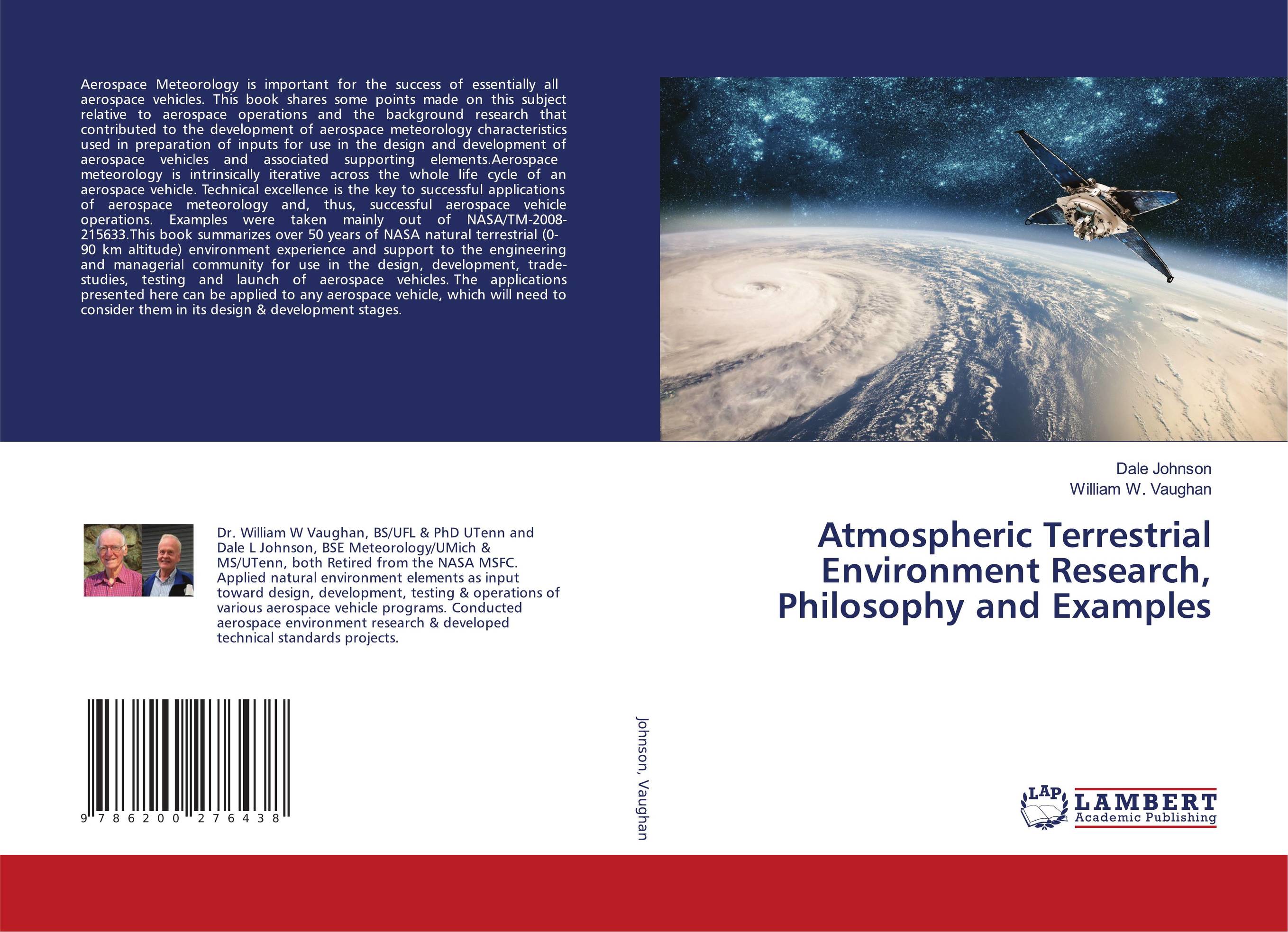| Поиск по каталогу |
|
(строгое соответствие)
|
- Профессиональная
- Научно-популярная
- Художественная
- Публицистика
- Детская
- Искусство
- Хобби, семья, дом
- Спорт
- Путеводители
- Блокноты, тетради, открытки
Atmospheric Terrestrial Environment Research, Philosophy and Examples.

В наличии
| Местонахождение: Алматы | Состояние экземпляра: новый |

Бумажная
версия
версия
Автор: Dale Johnson and William W. Vaughan
ISBN: 9786200276438
Год издания: 2020
Формат книги: 60×90/16 (145×215 мм)
Количество страниц: 128
Издательство: LAP LAMBERT Academic Publishing
Цена: 27560 тг
Положить в корзину
| Способы доставки в город Алматы * комплектация (срок до отгрузки) не более 2 рабочих дней |
| Самовывоз из города Алматы (пункты самовывоза партнёра CDEK) |
| Курьерская доставка CDEK из города Москва |
| Доставка Почтой России из города Москва |
Аннотация: Aerospace Meteorology is important for the success of essentially all aerospace vehicles. This book shares some points made on this subject relative to aerospace operations and the background research that contributed to the development of aerospace meteorology characteristics used in preparation of inputs for use in the design and development of aerospace vehicles and associated supporting elements. Aerospace meteorology is intrinsically iterative across the whole life cycle of an aerospace vehicle. Technical excellence is the key to successful applications of aerospace meteorology and, thus, successful aerospace vehicle operations. Examples were taken mainly out of NASA/TM-2008-215633. This book summarizes over 50 years of NASA natural terrestrial (0-90 km altitude) environment experience and support to the engineering and managerial community for use in the design, development, trade-studies, testing and launch of aerospace vehicles. The applications presented here can be applied to any aerospace vehicle, which will need to consider them in its design & development stages.
Ключевые слова: Atmospheric Terrestrial Environment Research, Philosophy, Design and Development of Aerospace Vehicles, Aerospace Meteorology



